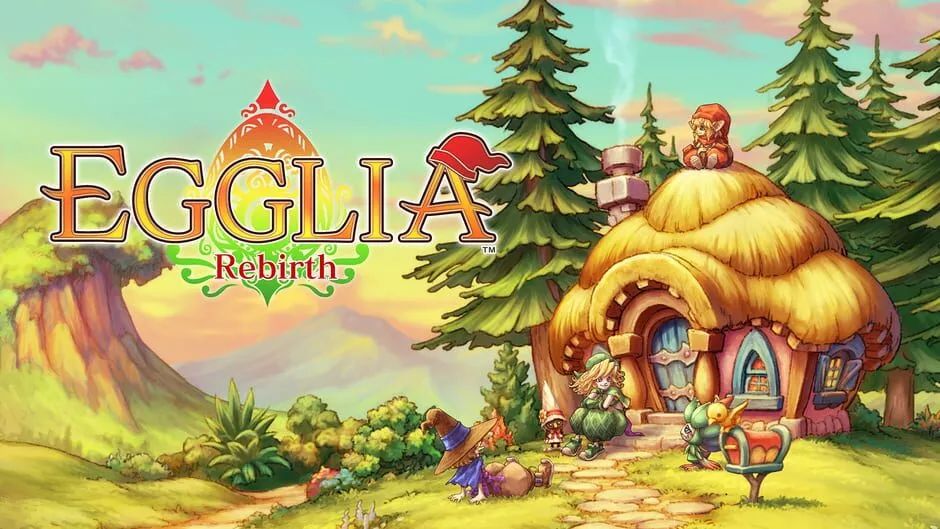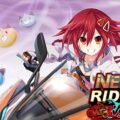I’ve never been the biggest fan of mobile games. It’s not because I’m some sort of gaming elitist who believes that “mObiLE gAmES AReN’t pRoPEr gAmES”, but more about the fact I’ve never had an entirely up-to-date handset and my battery gets straight murdered by playing anything half-decent for more than a few minutes. Then when I got my Switch, I didn’t really see the need to make the effort with mobile games anymore, since I can play pretty much whatever I like on the go anyway. That means I’ve probably missed out on some gems over the years but thankfully, Brownies Inc. have taken the step to port their turn-based RPG cum town-builder, EGGLIA: Rebirth, to Nintendo Switch, so I could see what all the fuss was about.
At A Glance
| Scores | |
| Visuals | 6.5 /10 |
| Sound | 6 /10 |
| Gameplay | 5 /10 |
| Overall | 6 /10 |
| Positives | + Bright and clean graphics with a cute art style + Tonnes of characters, spirits and collectables + Play bit by bit in pick-up-and-play fashion |
| Negatives | – Quintessential mobile visuals won’t be for everyone – Gameplay gets repetitive pretty quickly – No touch controls |
| Price (When Reviewed) | £16.99 |
| Our Playtime | 15 hours |
| Available On | Nintendo Switch, Mobile |
EGGLIA: Rebirth follows the story of a Redcap Goblin who awakens in a strange world, seemingly having fallen from the sky. He’s found by an elf, Robin, and a fairie, Marigold, who invite him back to their town where he can recuperate. As it turns out the ‘town’ is actually just an empty plot of land and they ask for your help in building a friendly little township where any and all are welcome. Complicating matters further is the fact that the world, Egglia, has been broken up into tiny pieces, with each fragment being hidden inside a magical egg, and the Redcap Goblin is seemingly one of the few people able to crack them open to retrieve the pieces and rebuild the world.
As you begin to open more and more eggs, a huge cast of characters comes to live in your town, each with loose backstories, friends and enemies and you’ll be dragged along for the ride in helping them overcome their problems and bring the little community together. Characters hail from the usual variety of fantasy races like elves, orcs and dwarves but a lot of lesser used or new ones are brought into play too, like gremlins, sahuagin, the wind-up tintle-folk and the dog-like Wolks. You’ll also meet a host of spirit companions who offer their magical assistance on the battlefield, and who can be upgraded and even evolved into stronger allies to help you overcome some of the nastier baddies later in the game.
The gameplay in Egglia can be broken up into two main portions – the exploration levels (or dungeons) and the township. As your red capped protagonist discovers and opens a niebel egg, you explore the new area to progress the story, defeat enemies and collect resources. In between these expeditions you can return to the town to further your relationships with the various townsfolk by collecting items that they need, offering gifts, and expanding their housing. You can also cook any meat and veggies you’ve collected on your travels into meals to entice wandering spirit companions, as well as special grow potatoes and crystals that help you upgrade the allies already in your employ.
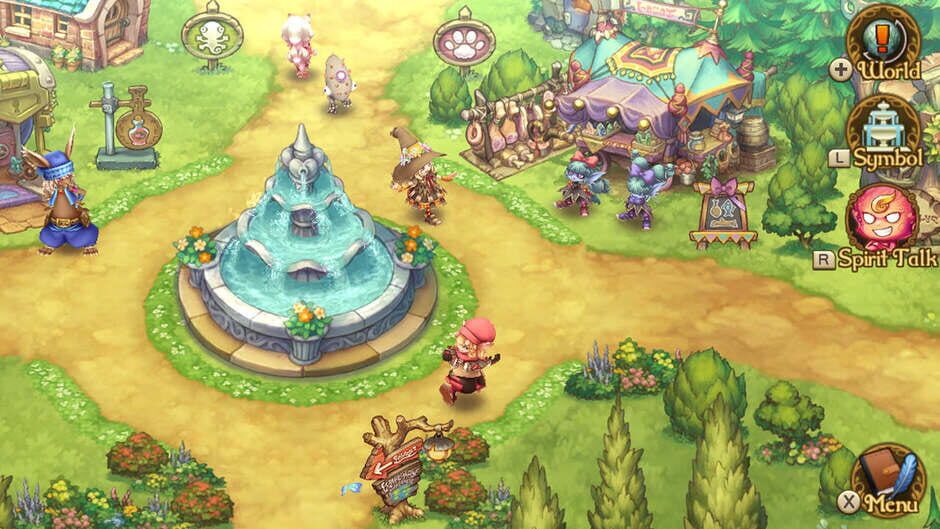
You’ll be offered some plot points between characters when you start and finish each level which often revolve around finding someone’s lost friend or beloved item. Exploring the restored areas is the most hands-on aspect of the game, and sees you rolling a dice to move your goblin character around a hex-grid, chopping down trees, opening treasure chests and fighting off a huge host of elemental-based enemies before landing on the exit space on the other side and moving to the next ‘floor’.
Before you head into a level you get to choose which two tolksfolk will accompany you on your journey, along with which three spirits will come to help you out too. The townsfolk act as supporting characters who search for resources while you wade through all the baddies, and each race has a different set of items that they can scrounge for. It all happens off-screen and populates a loot screen when you finish the level, but it’s definitely a characterful way to bring the town-building and friendships into the hands-on levels. The spirit companions are more apparent though, as you can spend your Mana (magic points) to activate their special abilities and help you fight through the levels. The abilities are split between Assault and Support powers, and basically determines whether your spirit will be causing damage and status effects to your enemies, or whether they’ll boost the redcaps stats and abilities.
While this might all sound pretty in depth, it plays out really simply, which is both a blessing and a curse. The gameplay itself, while fun, is very samey, and there isn’t really anything between the levels (save from a change in scenery and monster elements) to alter your game plan or play experience – it quickly feels very much rinse and repeat. The simplicity and repetitiveness does mean that you can put down and pick up Egglia at will, leaving it for long periods if you like and you won’t have forgotten anything about how to continue your adventure, but it does hold it back from being anything more than a casual affair (which, frankly, is all it aims to be). There’s a fair amount of replayability for those players who aren’t turned off by the repetition, as you can replay each area on a higher difficulty to tackle more challenges and earn some rarer loot.
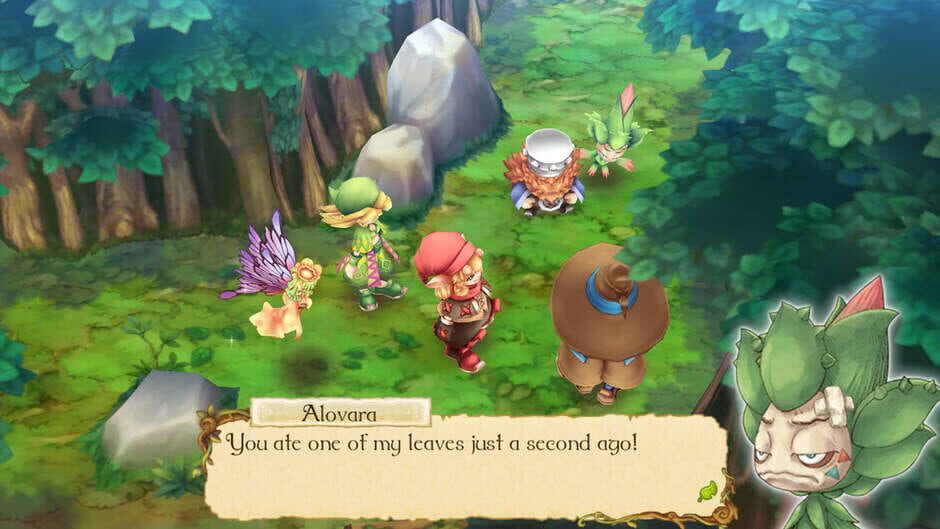
In line with the game’s humble mobile beginnings is the art direction, which is the dictionary definition of ‘mobile game visual styling’. The static backgrounds are drawn in a bright, chunky pencil crayon style, with the 3D models following the same palette and saccharine sweet look. I love the character placards showing off various townsfolk, with perhaps the Orcs, Paru and Ambo, just coming runners up to the crafty Wolks, Jazoo in my affections. I think that the art team have produced really pleasing visuals that look great on the small screen, though playing in a larger resolution on the TV does take a little bit of shine off. I happen to think Egglia looks lovely but I’m well aware that this particular look will be enough to put some more ‘hardcore’ gamers off.
There’s some catchy music in the game that I really quite enjoyed, with each race bringing their own theme to proceedings throughout the storytelling. Though with no especially memorable sound-effects in use, and with no voice-acting to speak of, there’s a limit to how highly I can score Egglia in that category. (Though I can’t deny that I always found myself humming the tunes for a long while after I turned the game off for the night.)
There are some time-sensitive aspects to the game that are staples of the mobile genre, with Redcap having to wait for crops to grow before harvesting them and waiting for meals to be cooked in order to ensnare new spirits. Your travelling companions too have real time limits set on their skills, as they’ll grow tired if you repeatedly take the same ones out on expeditions with you. There are items you can use to speed through these time gates, of course, and this is thankfully all done without any pesky microtransactions. The delaying tactics will frustrate certain players who just want to plough through the game, but I found it an effective way to lengthen the game, and since it no longer hungrily leers at my wallet between levels, I have no problem with it.
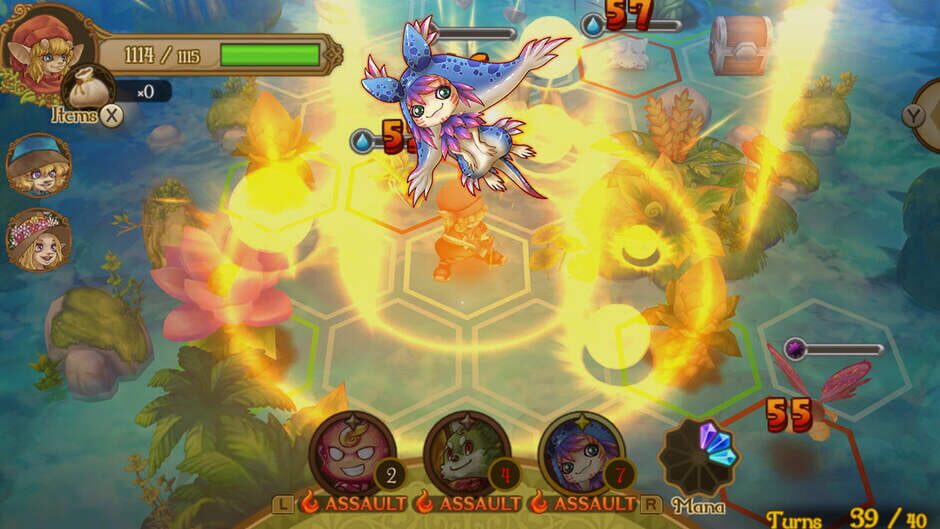
Things are a little bitty from a story perspective and the plot mostly plays out as light-hearted skits between characters. These playful interactions remind me very much of the Mana series and throws back to some older JRPGs that don’t take themselves seriously. The overarching history of the world, it’s residents, and exactly why a usually bloodthirsty redcap goblin has come to have such a caring and loyal demeanour is played out in drip feed fashion to keep you coming back for more. I quite enjoyed the laid back and silly experience, but there’s definitely some goofy stuff going on that a lot of players will roll their eyes at.
One truly baffling decision from Brownies Inc. is deciding to remove the native touch controls from the Switch port of the game and rely entirely on Joy Con inputs for control. The original Egglia works really well with touch support with chunky tiles and menus, and I got wound up on more than one occasion when I jabbed the screen and got no response. I honestly cannot fathom why the company would actively remove the touch controls rather than just add in Joy Con support when the former worked so well in the original version.
Egglia: Rebirth is a fun, if repetitive, turn-based JRPG that wears it’s mobile origins with pride. With some pretty graphics, catchy soundtrack and simple mechanics, it’s easy to lose an enjoyable hour or so here and there between more substantial games. Had the dungeons had less of a cookie cutter feel and shown some gameplay (rather than just aesthetic) differences, it could have been a great little game, but the repetition turns things stale long before you’re finished. That said, I’d still recommend this to players who are fans of a mobile RPG and looking to transition to console with something familiar, or to younger fans who are dipping their toes into RPGs for the first time.
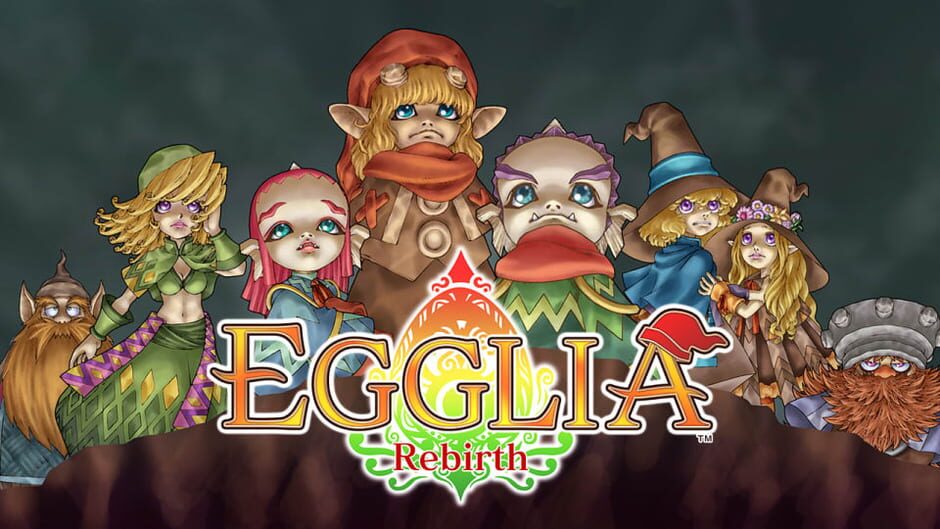
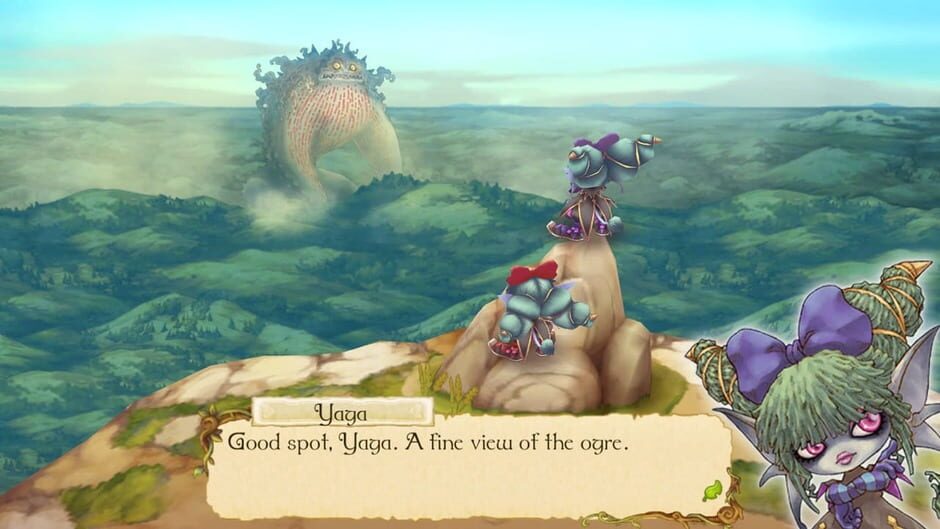
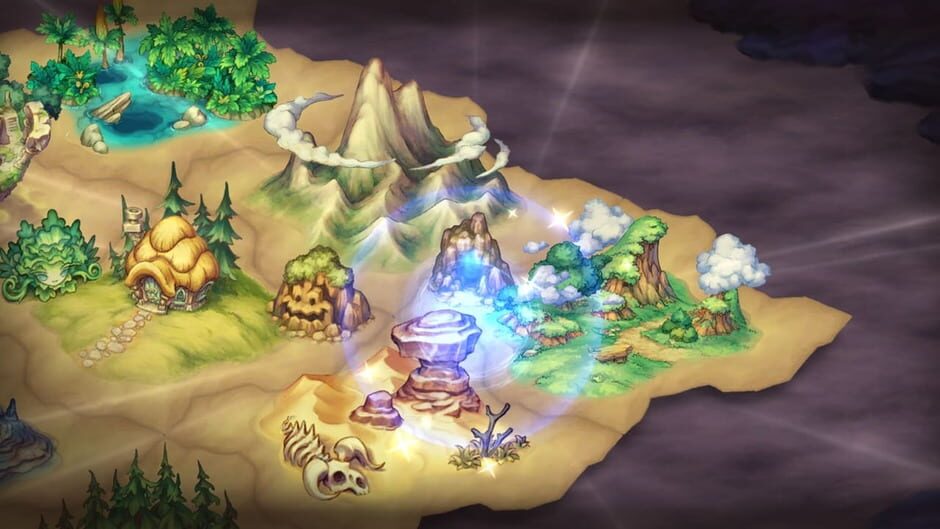
In the interest of full disclosure, VGamingNews was provided with a copy of the game in order to conduct this review.

